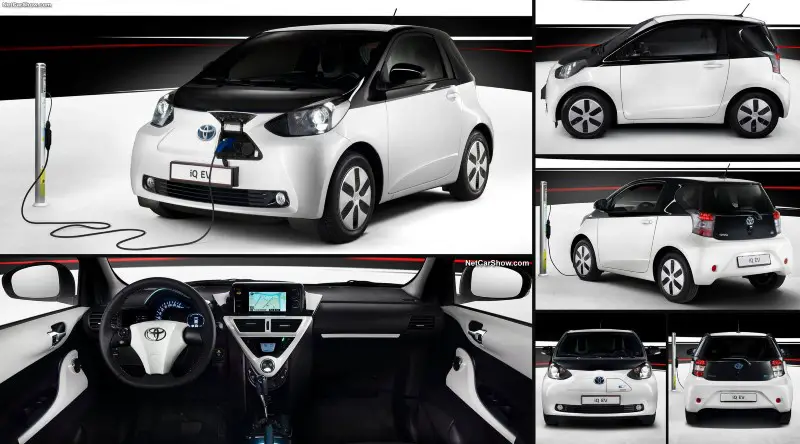Toyota iQ EV
The car was actually designed to take battery power from the outset. The flat li-ion battery pack fits under the floor, and there’s space…
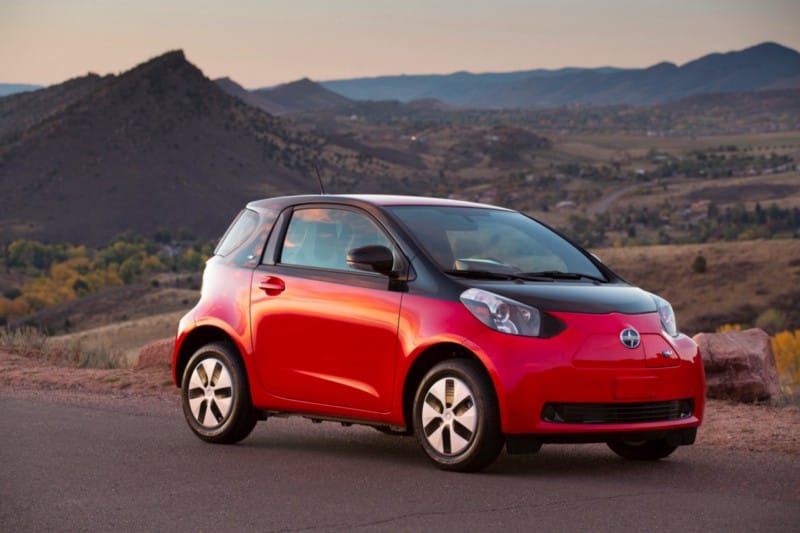
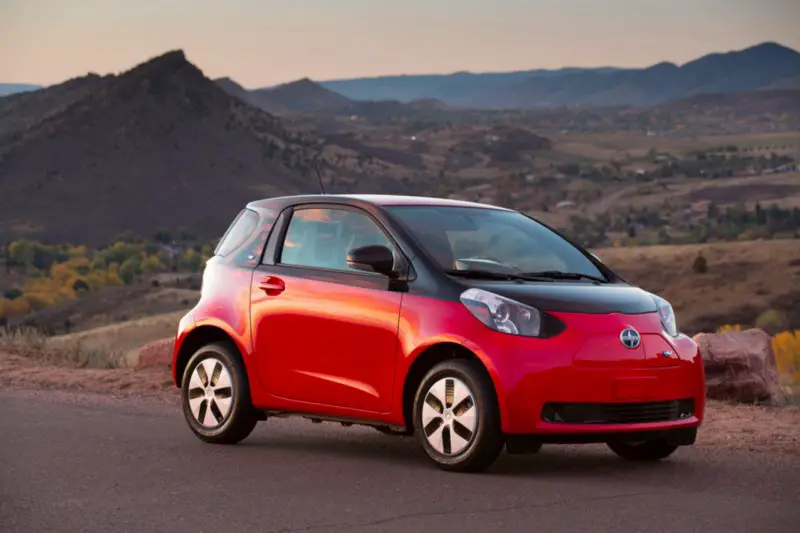
The car was actually designed to take battery power from the outset. The flat li-ion battery pack fits under the floor, and there’s space under the bonnet for the inverter, electronics and gearbox. The electric iQ uses a 47-kW (63 horsepower) electric motor paired with a 12-kWh battery which help it to achieve a range of up to 50 miles per charge.
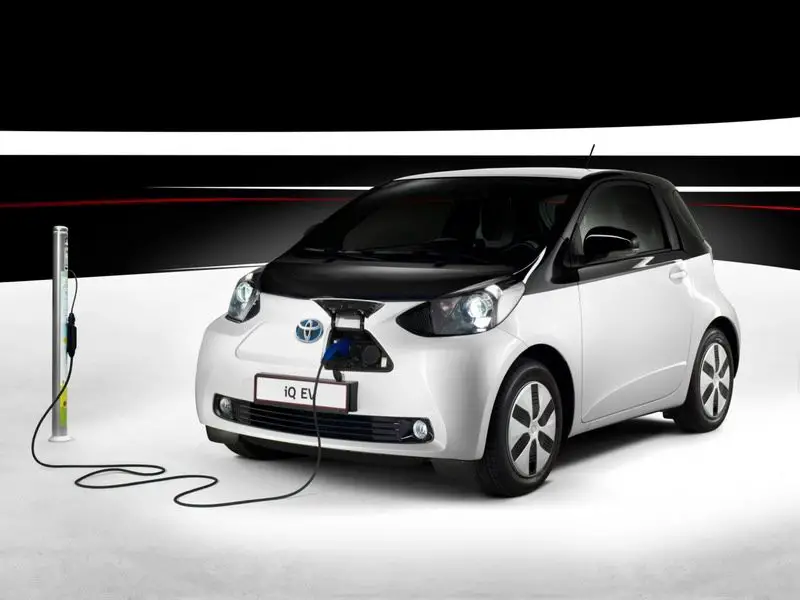
Like most electric cars, the iQ EV leaps away from a standstill, but progress is painfully slow above 45mph. This makes it a great town car, but it’s not suited to motorways. The ride is a little harsh, yet it’s fun to drive, while the brakes, which feed power back into the batteries, have a consistent, linear feel.
Inside, there’s a clever dash display that can either show the remaining range or the battery charge and power usage. The Toyota iQ EV grows five inches in length and weights 275 lbs.The vehicle features three driving modes namely D, S and B. The first one is the most efficient mode and should be used only around the city, the second delivers an increased acceleration, while the third maximizes breaking efficiency.
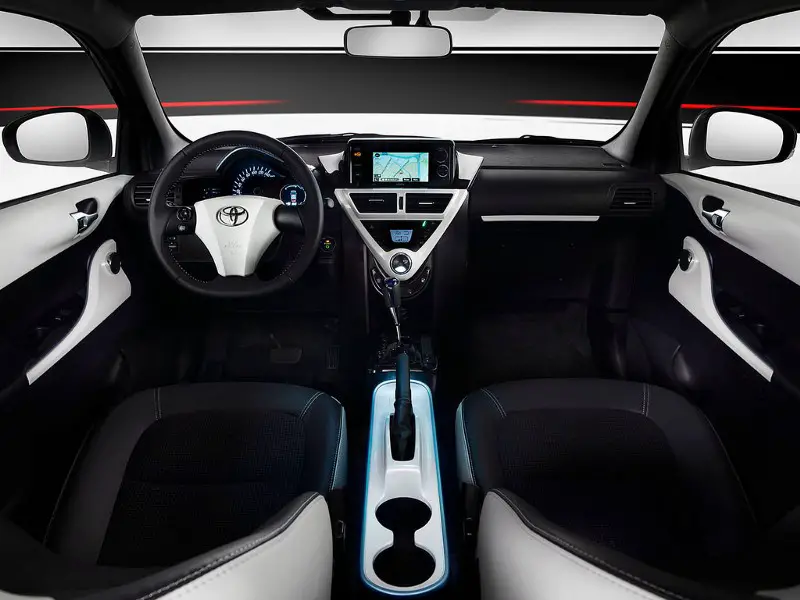
If you select the S mode, the vehicle is able to go from0–60 mph in 13.4 seconds and from 30 to 50 mph in 7 seconds. Unfortunately the maximum speed is limited at only 78 mph.The motor is powered by a pack of 11.6 kilowatt-hour batteries which weighs 366 pounds and can be recharged in 3 to 4 hours using Level 2 charge. Additionally the Toyota iQ EV includes CHAdeMO quick charging that can recharge the batteries to 80 percent in 15 minutes.
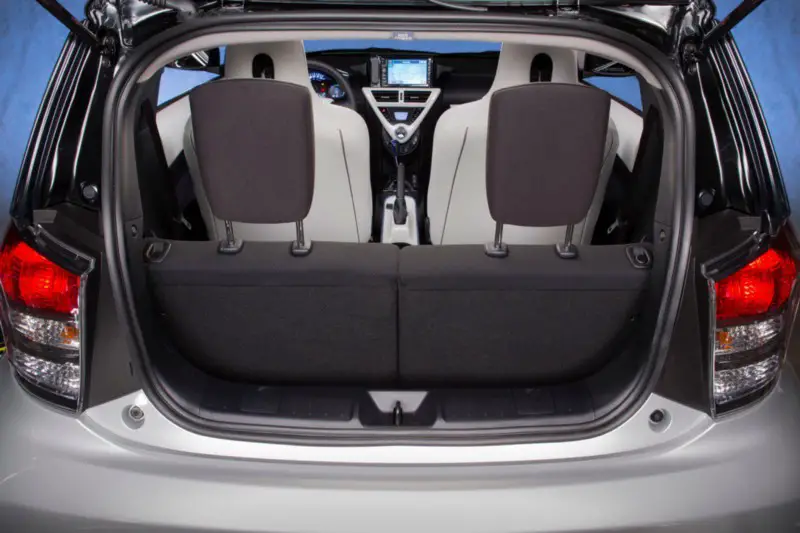
The Toyota iQ EV is fairly well represented in the safety department and comes with 11 SRS (Supplemental Restraint System) airbags. The vehicle also gets Toyota’s Star Safety System, which includes Vehicle Stability Control (VSC), Traction Control (TRAC), Anti-lock Braking System (ABS), Electronic Brake-force Distribution (EBD), Brake Assist (BA) and Smart Stop Technology (SST).Other safety systems include hill start assist control and a vehicle proximity notification system to alert pedestrians of the vehicle’s approach.
